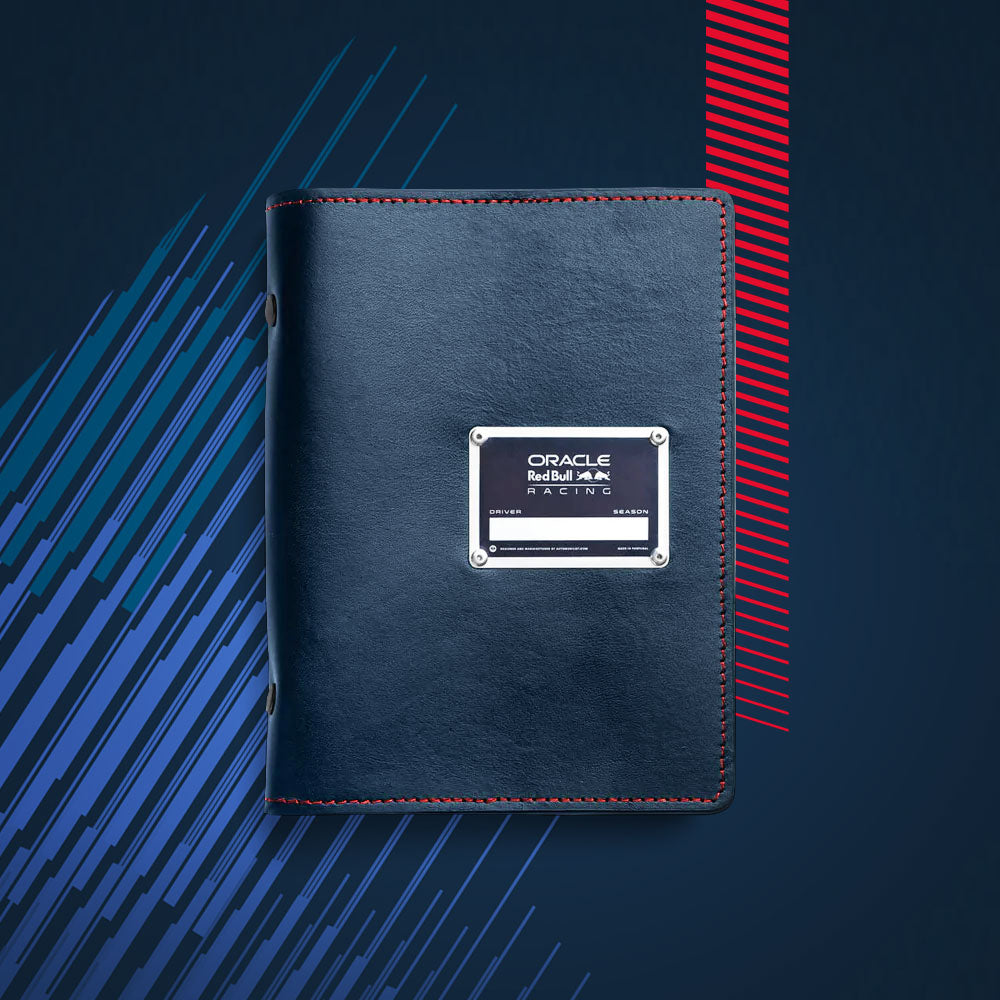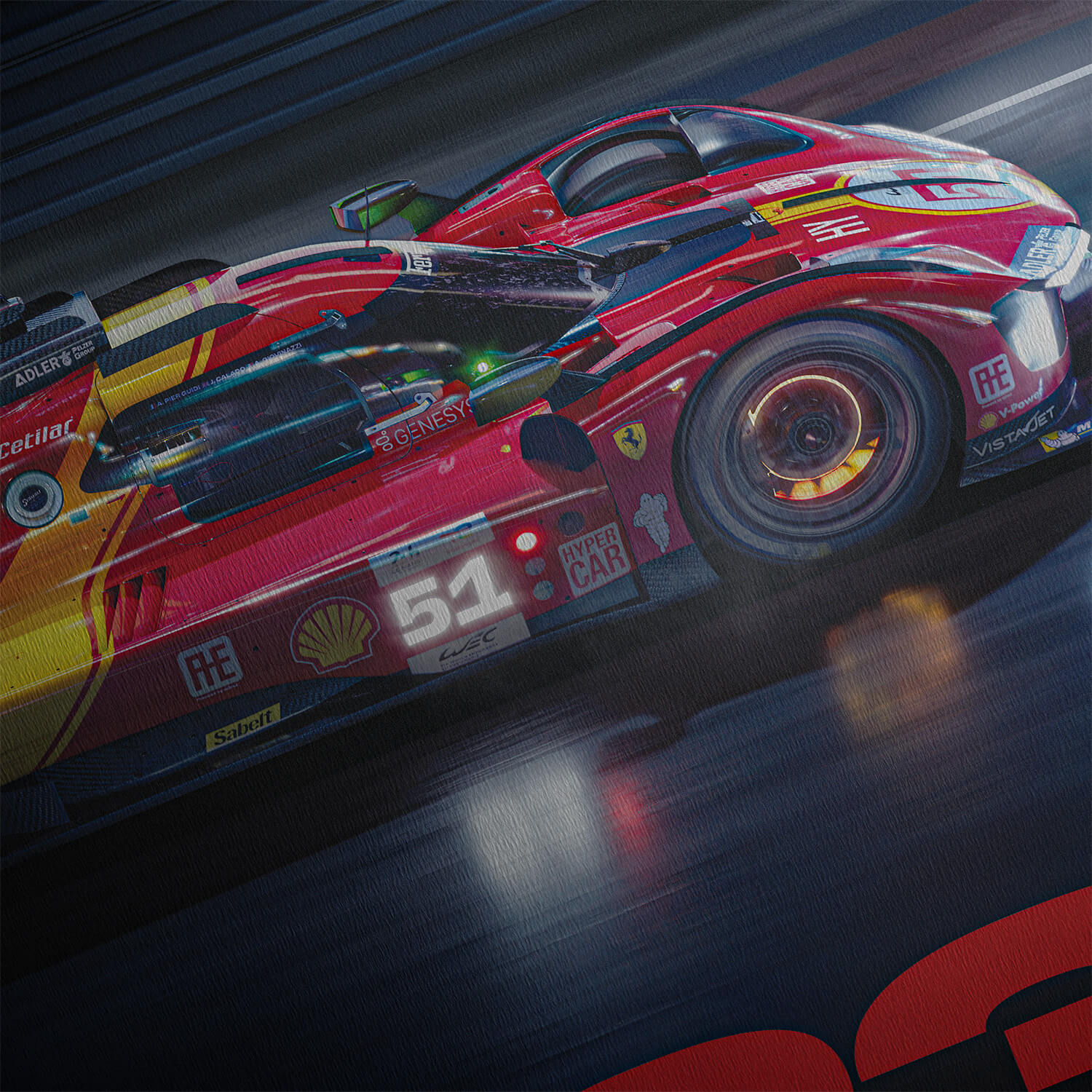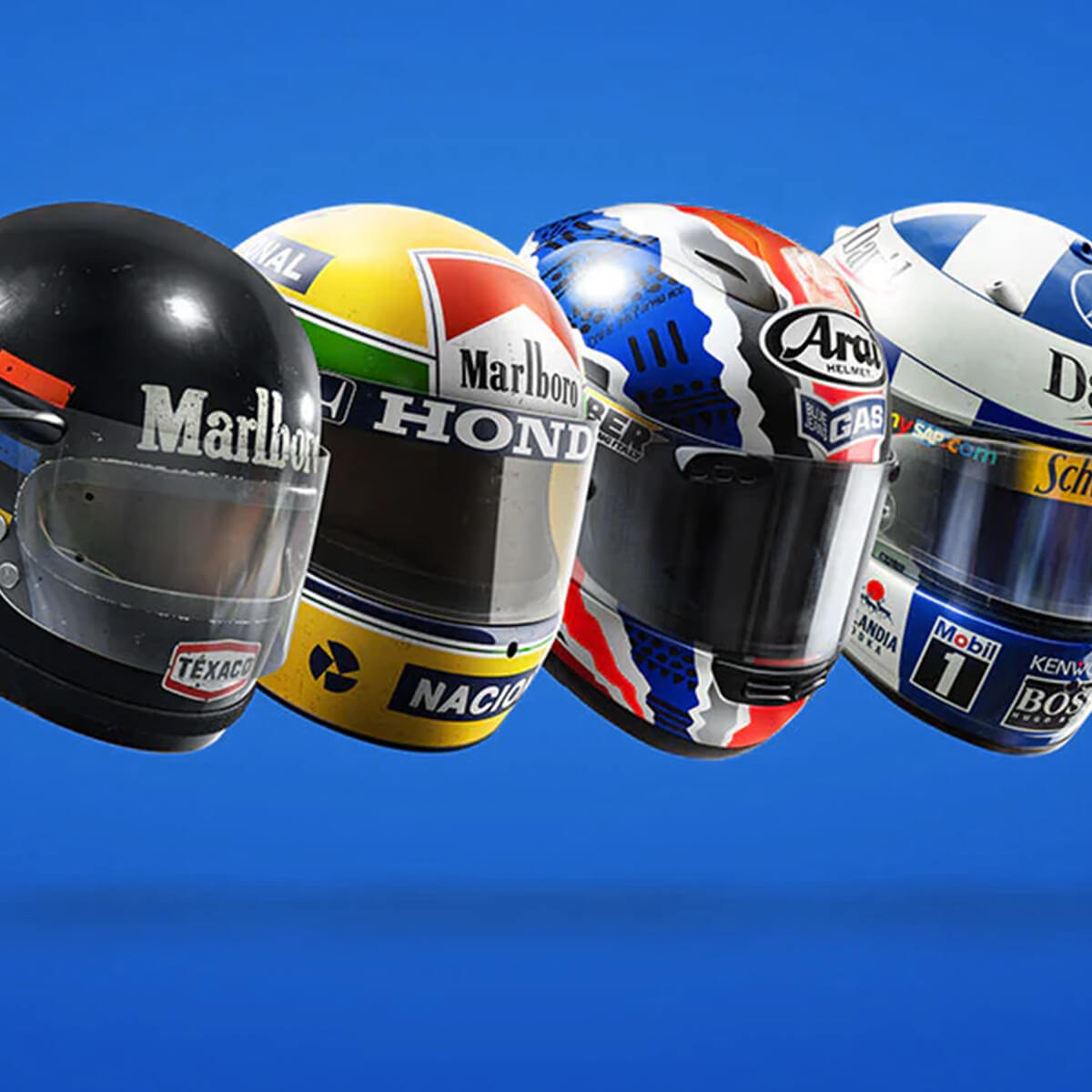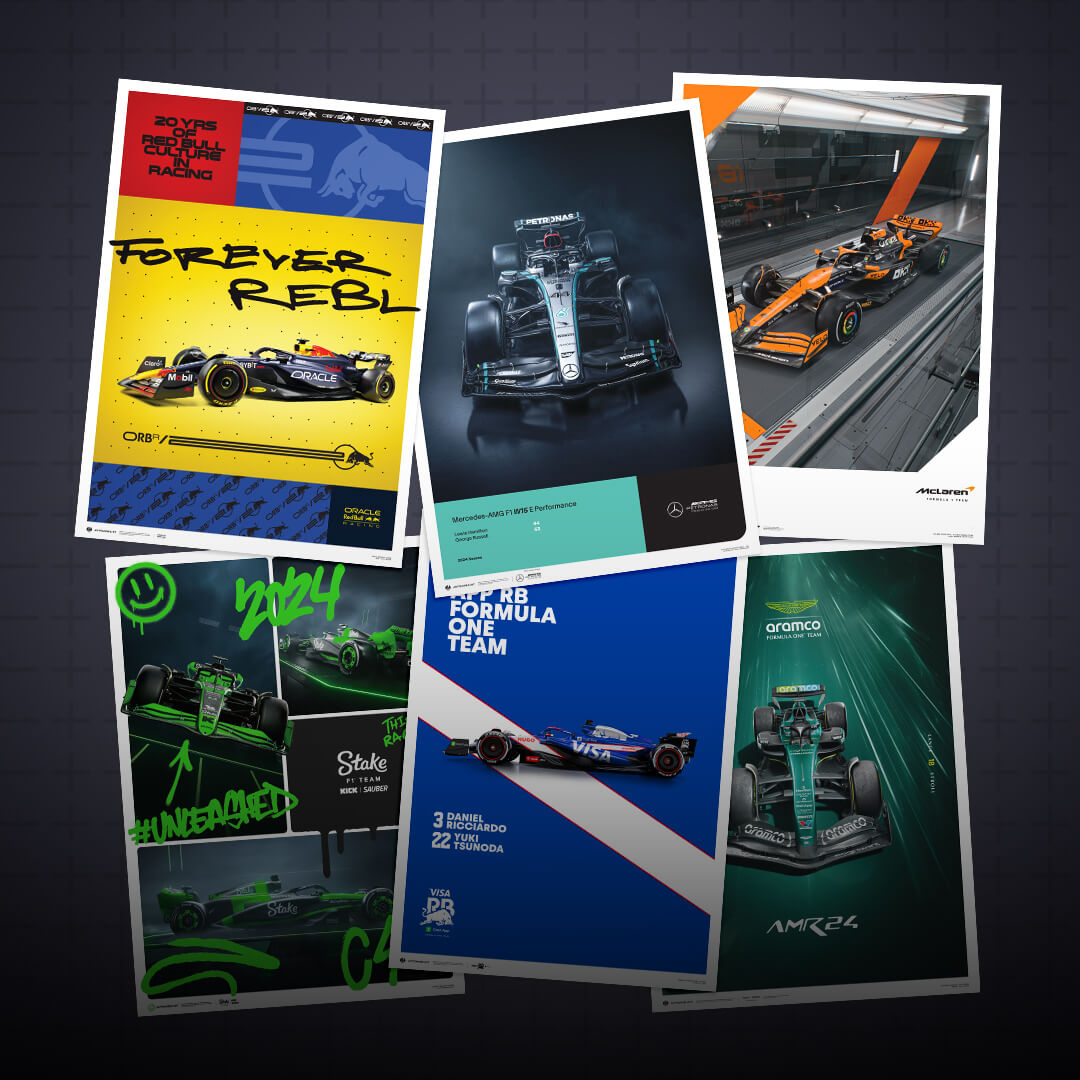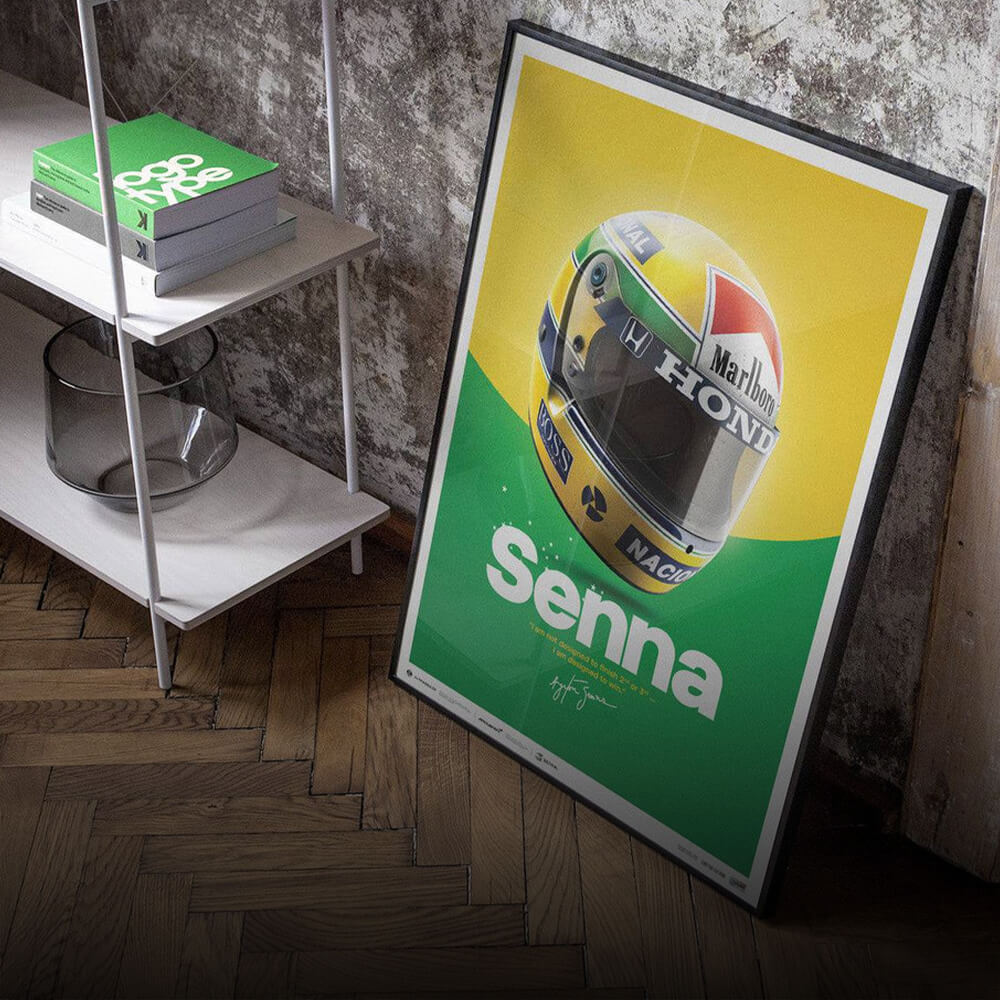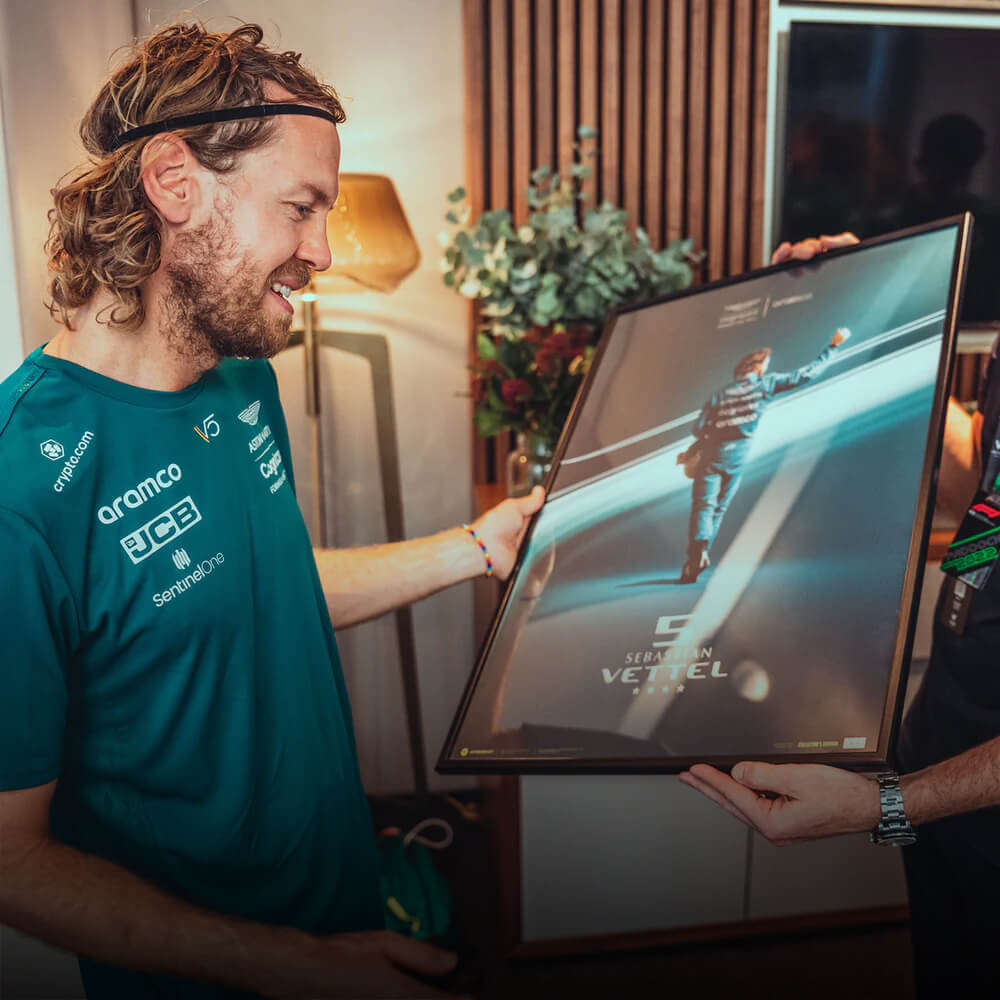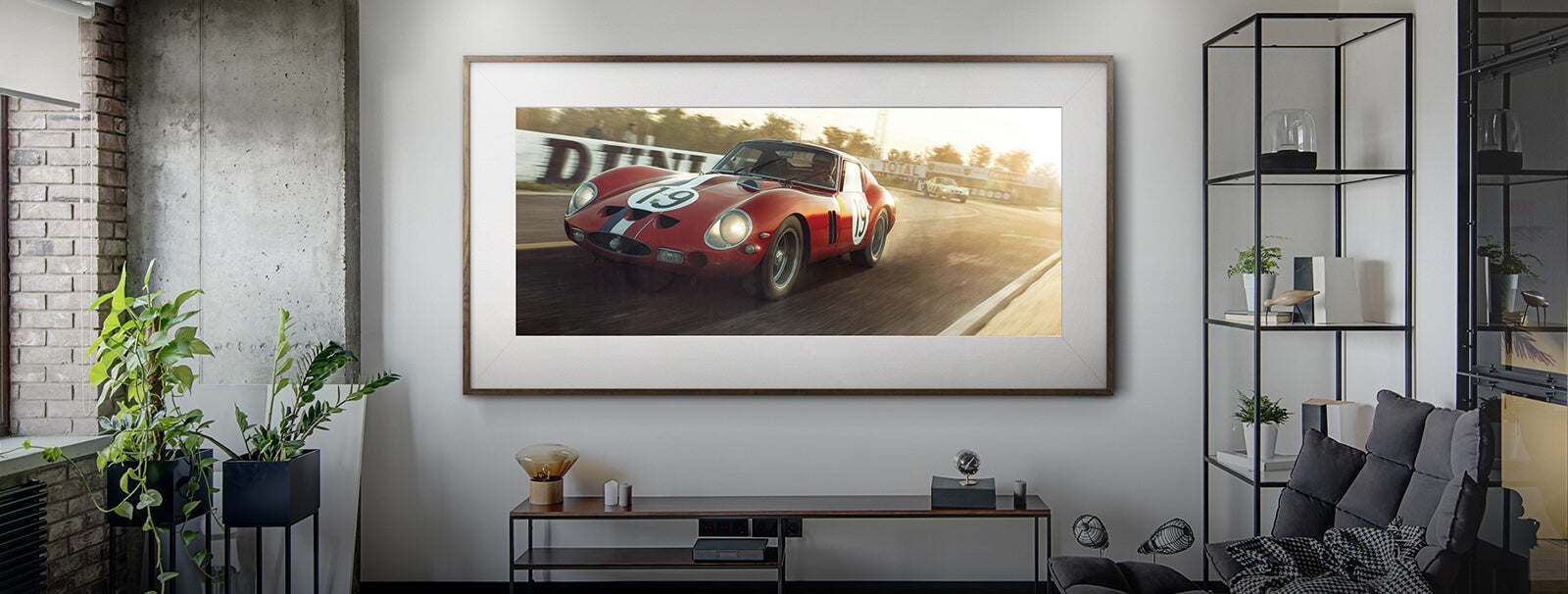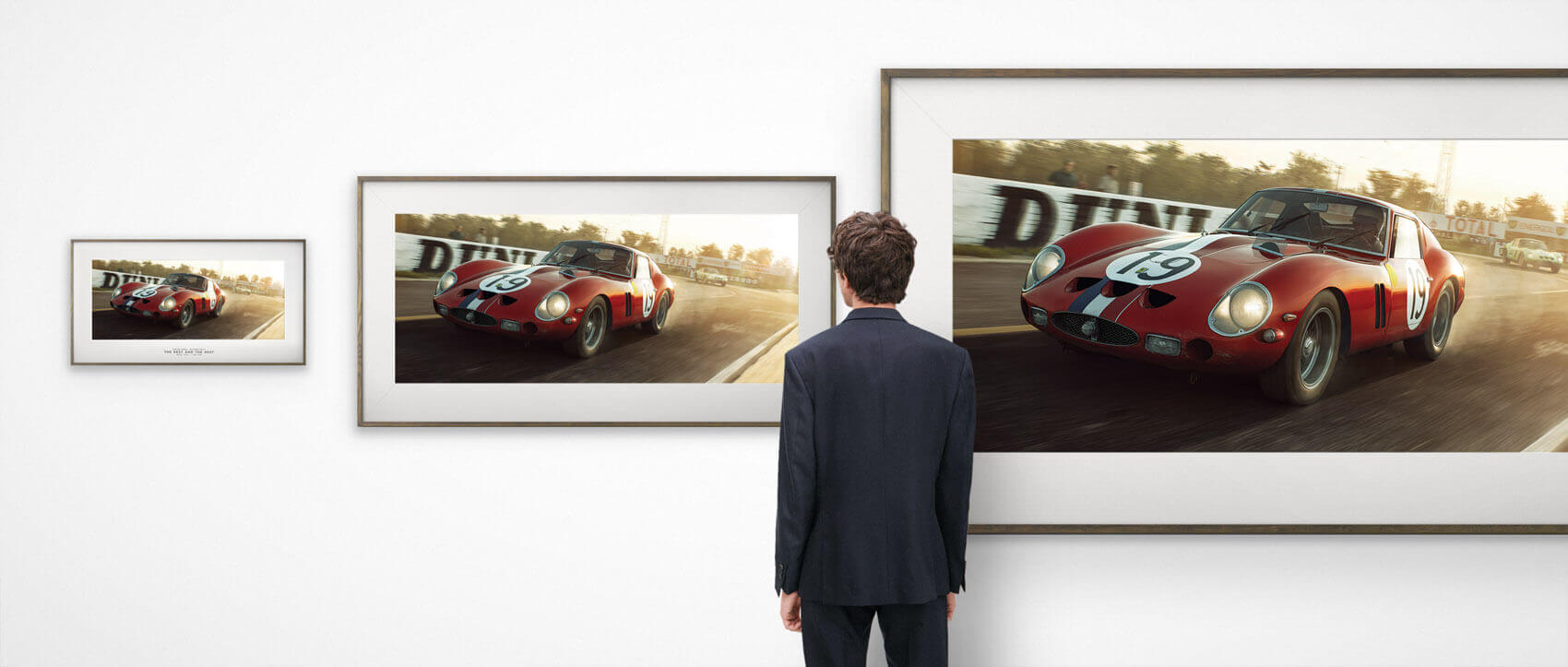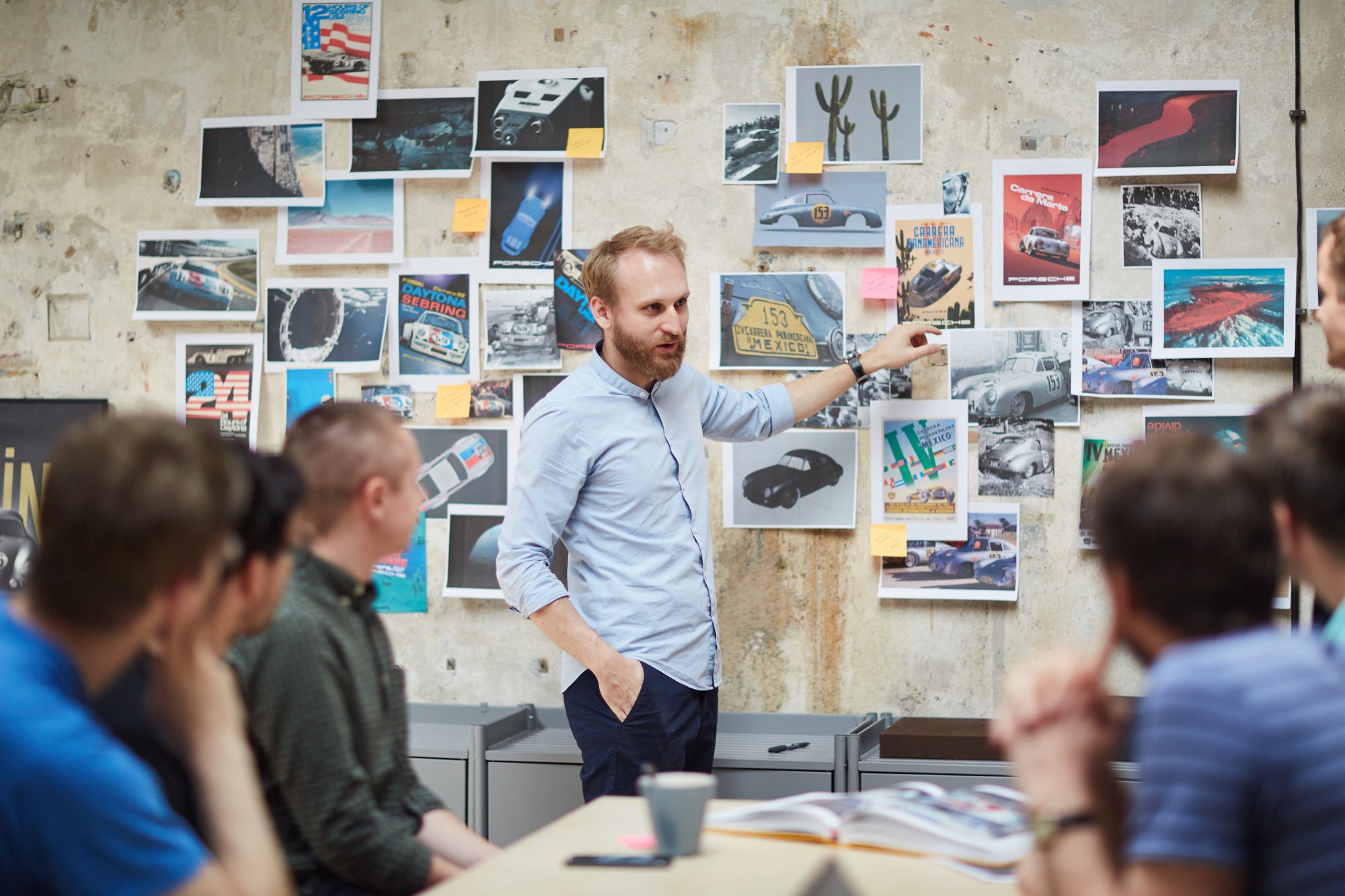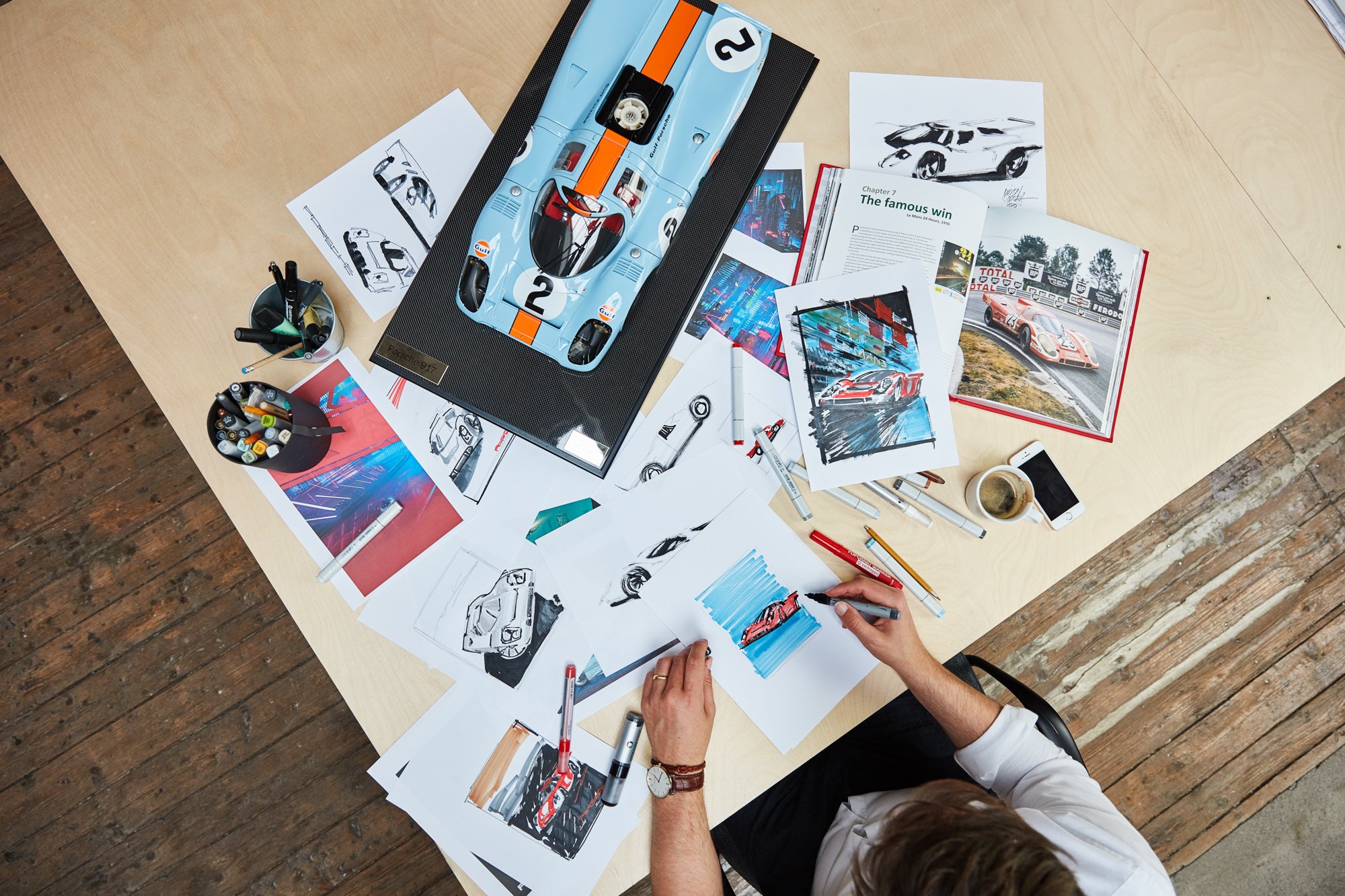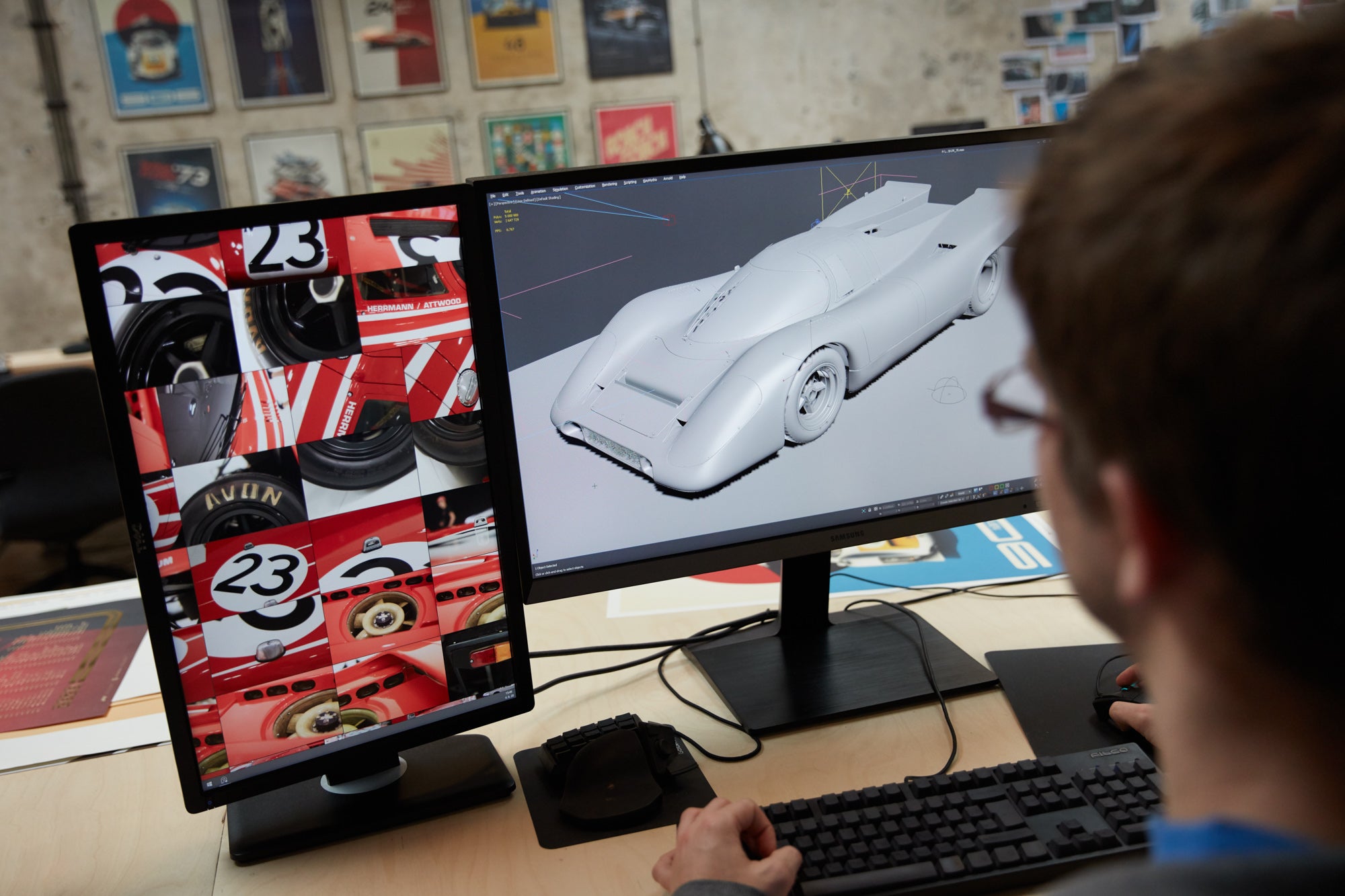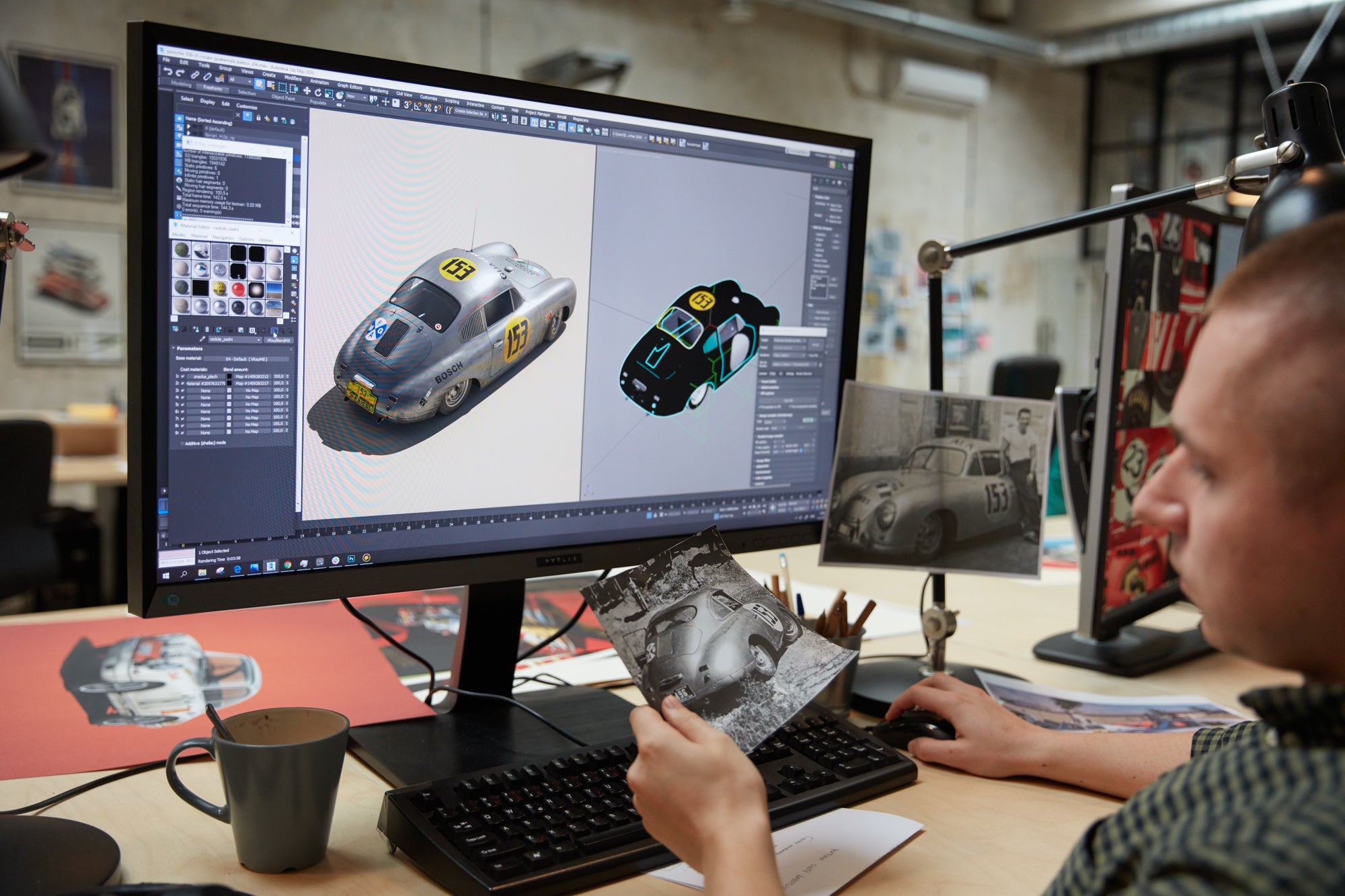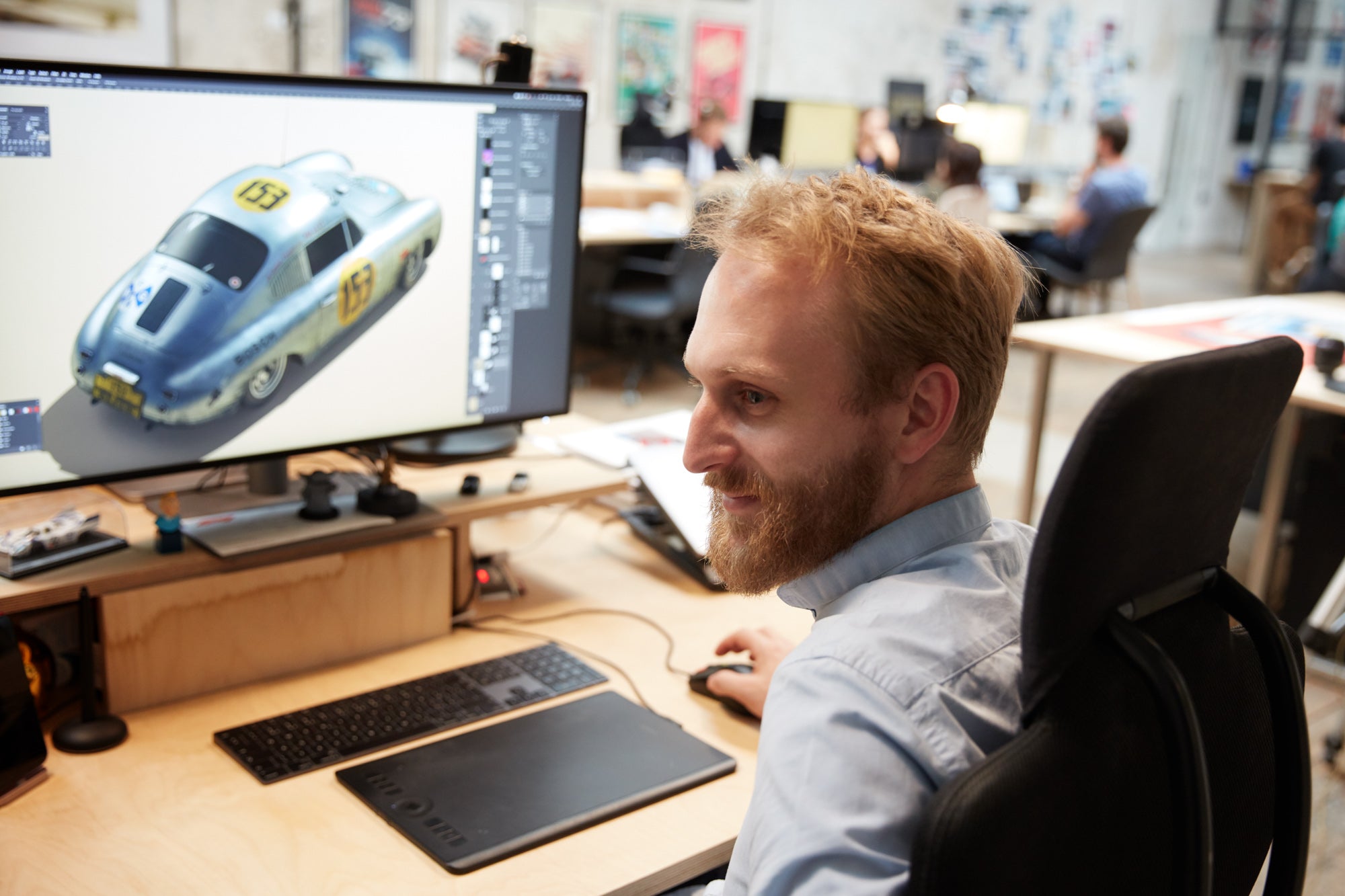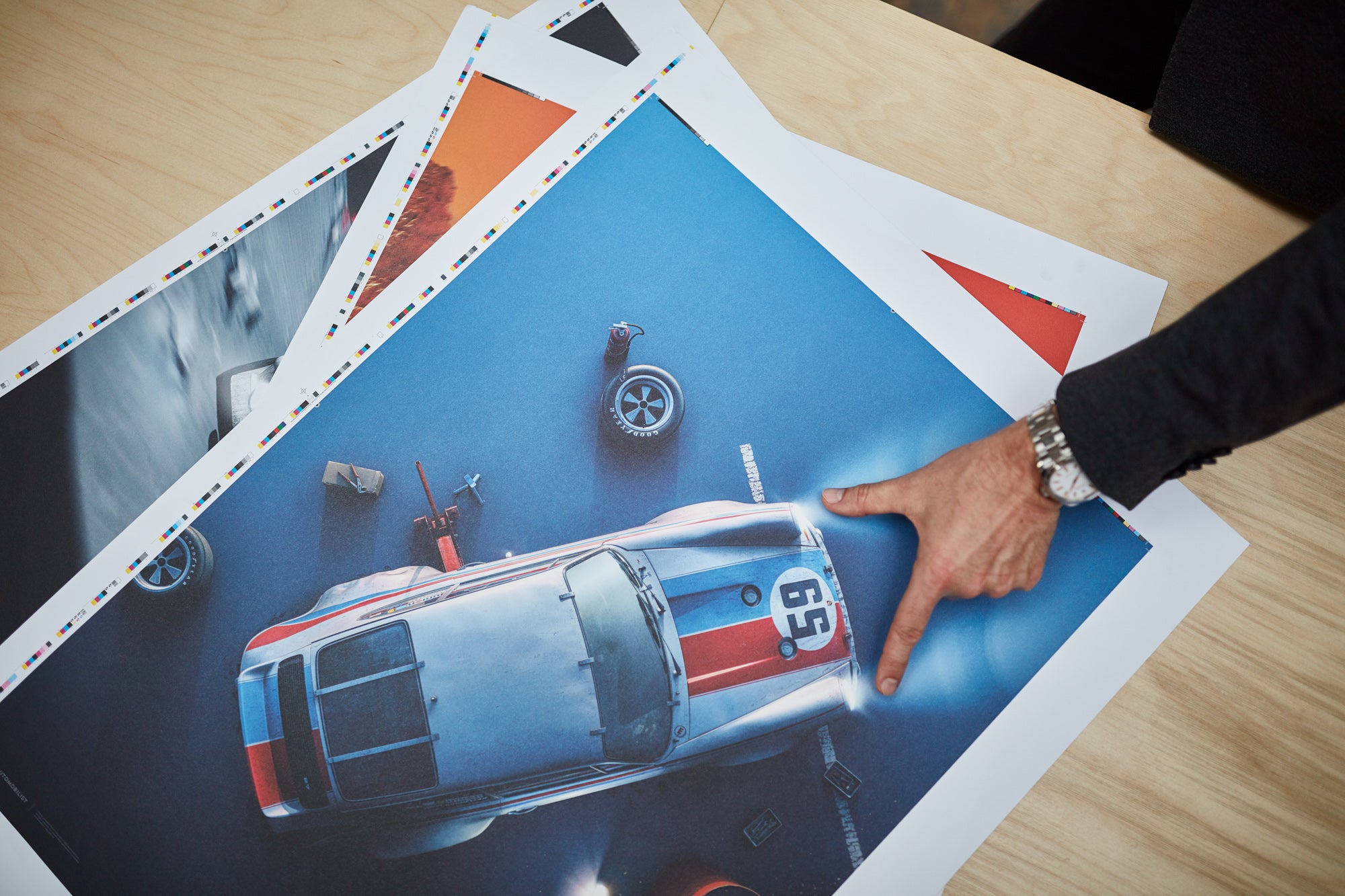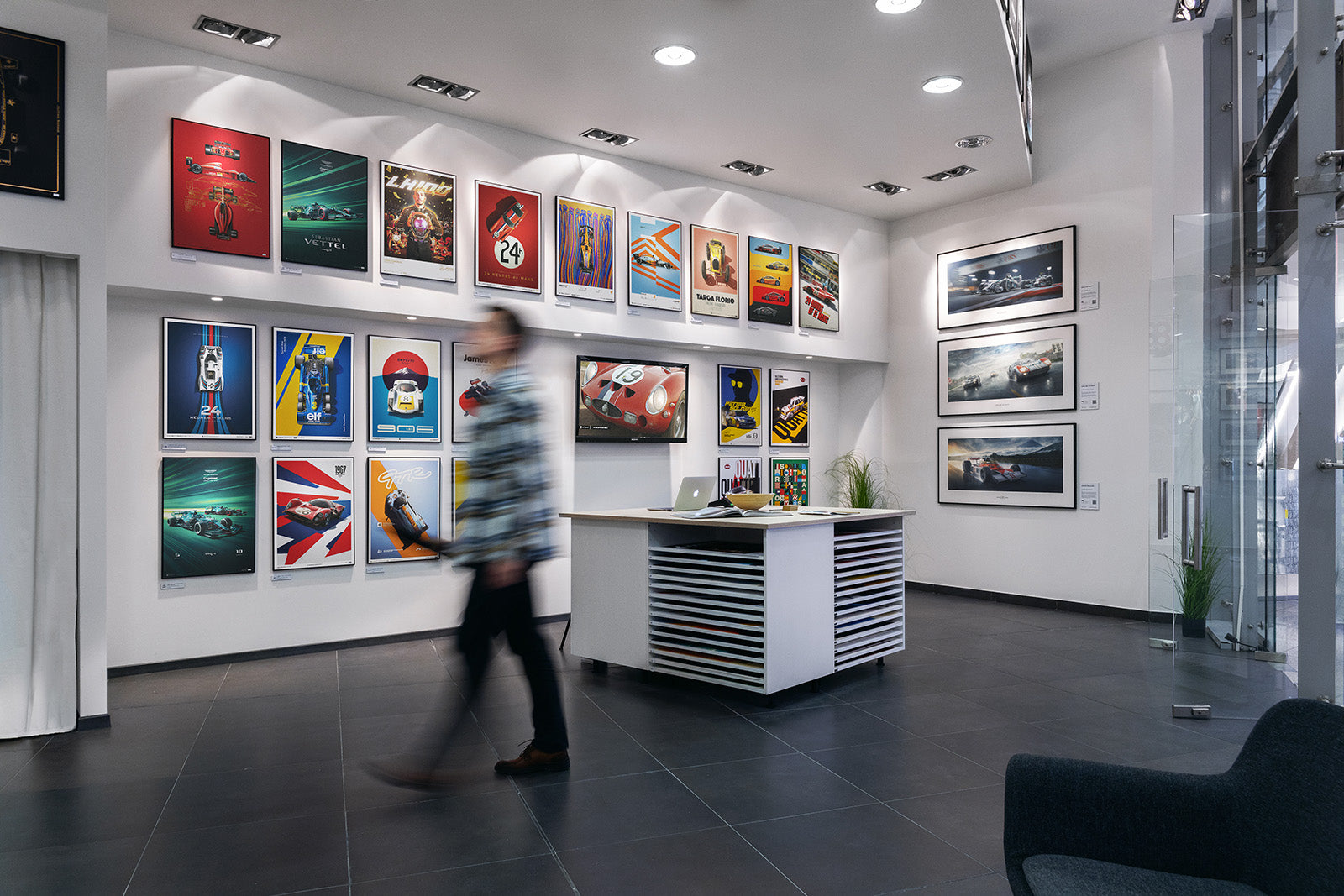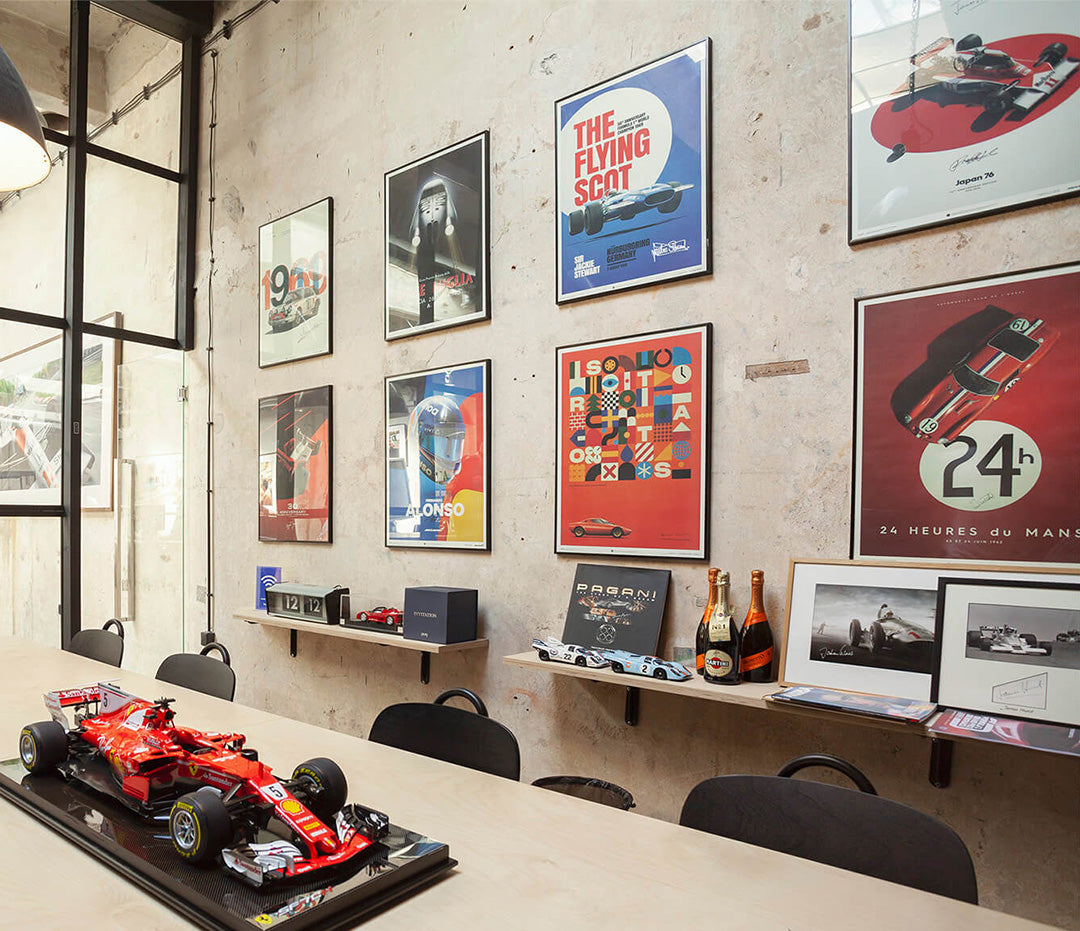3D artwork
Created From Scratch
What you see is not a photograph. It is a 3D artwork featuring authentic renderings, all designed and built in 3D from scratch. This is how we capture and recreate moments from modern and historic motorsport in an artwork like never seen before.
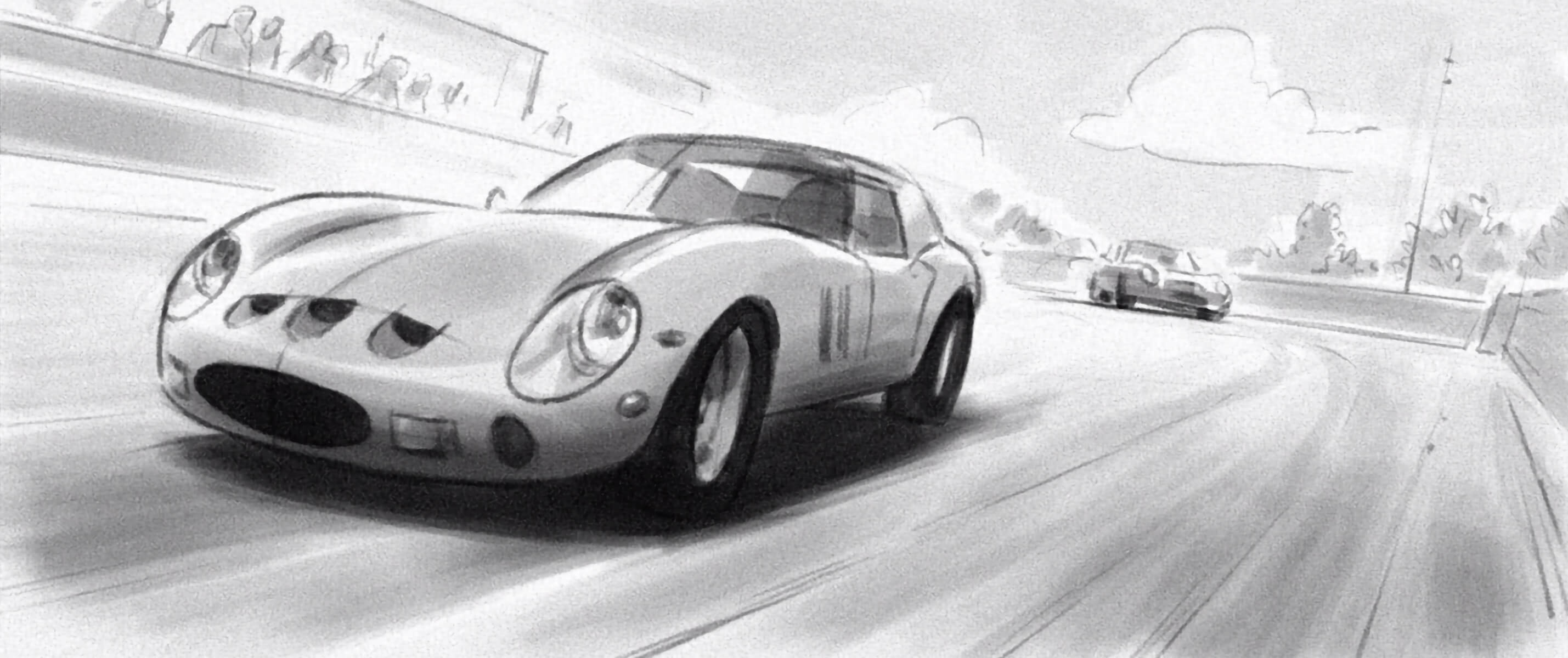
Before
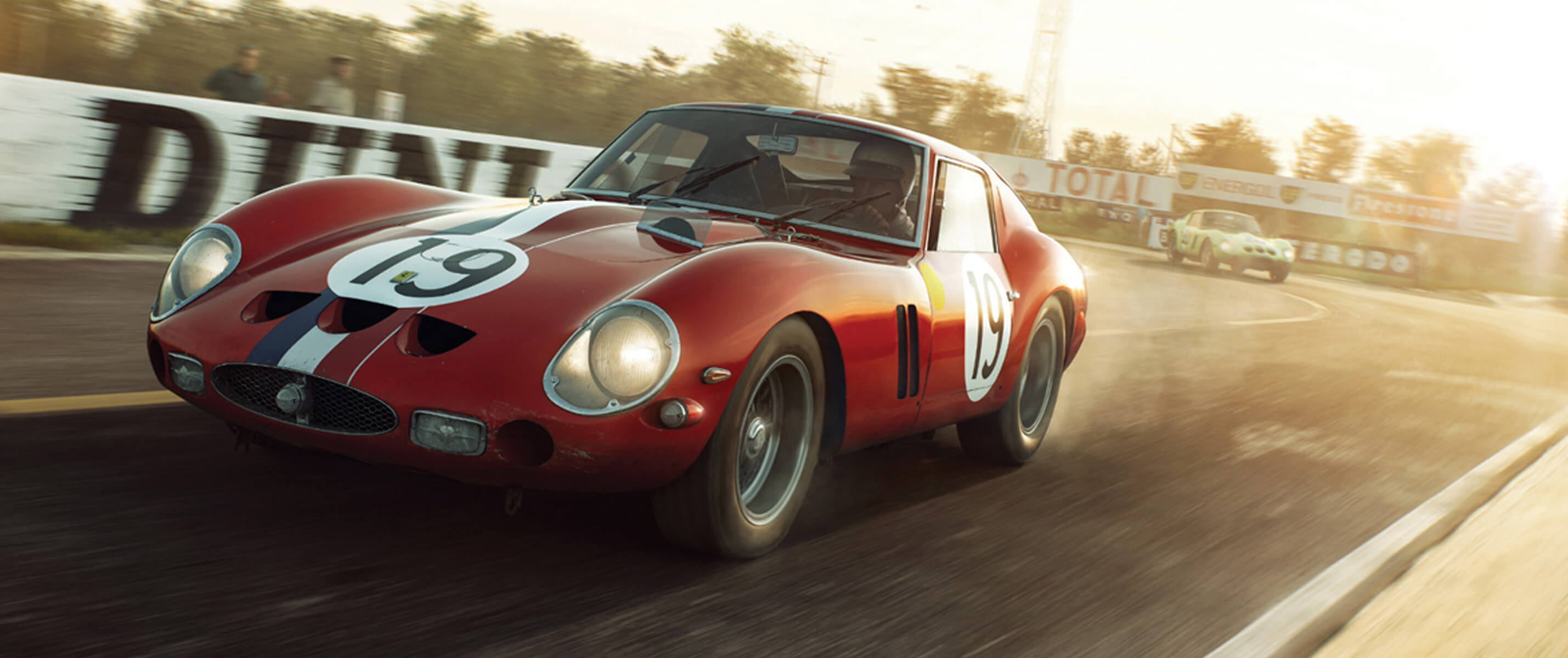
After
Recreating moments from modern and historic motorsport, Automobilist is highly recognised for their sophisticated 3D artwork.
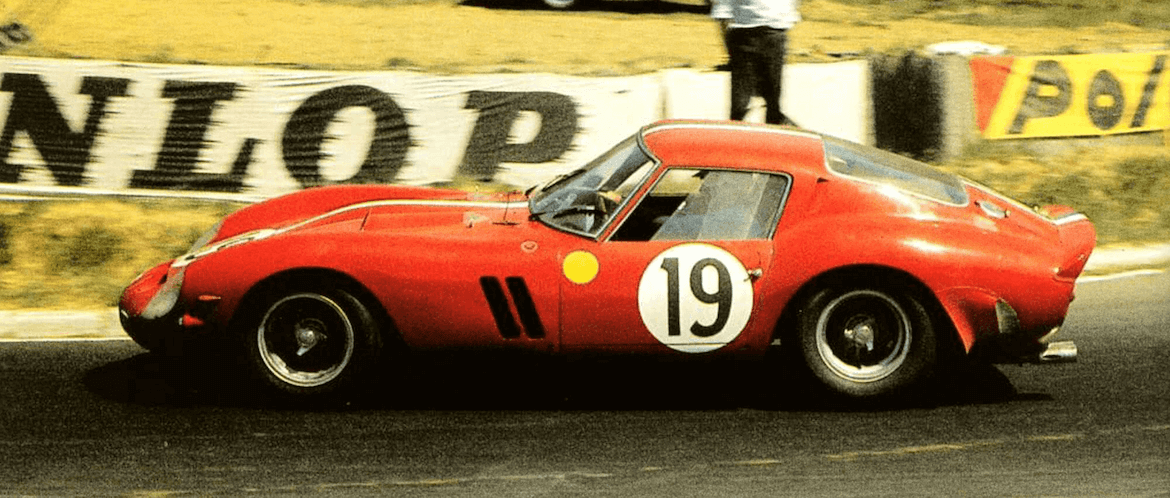
Story behind
Jean Guichet at 24 Hours of Le Mans
Result
The Final Artwork
Configurator
Build Your Own


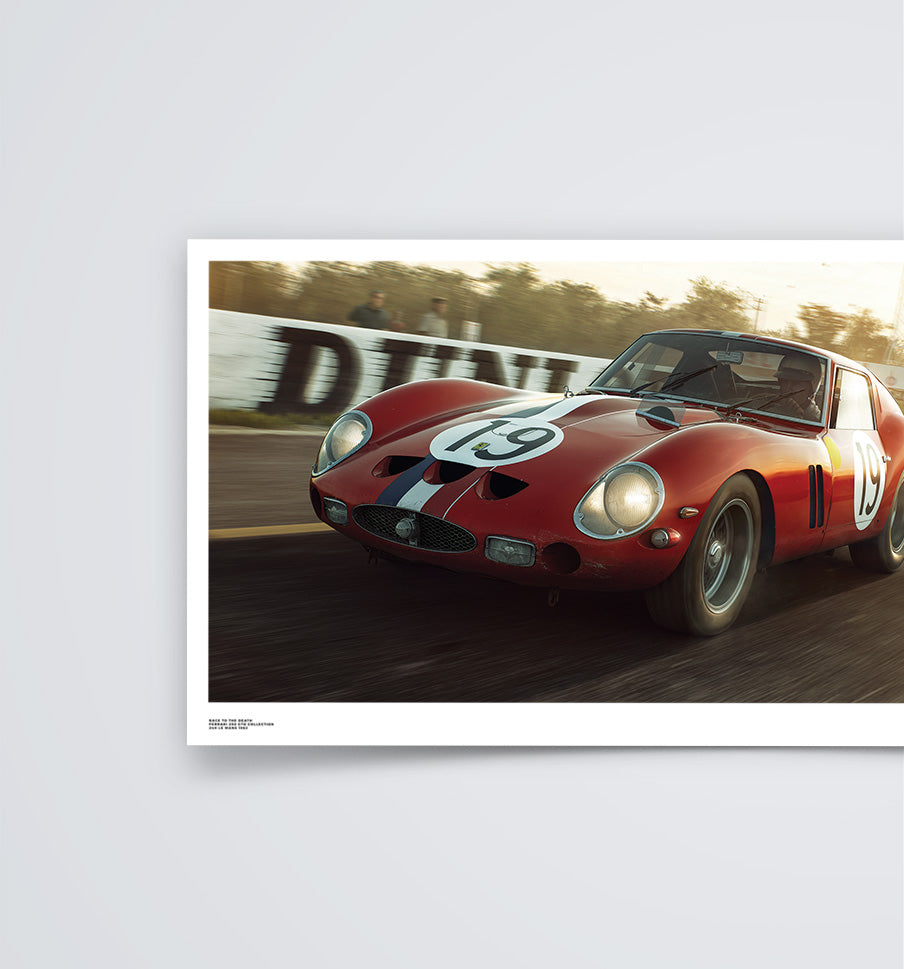
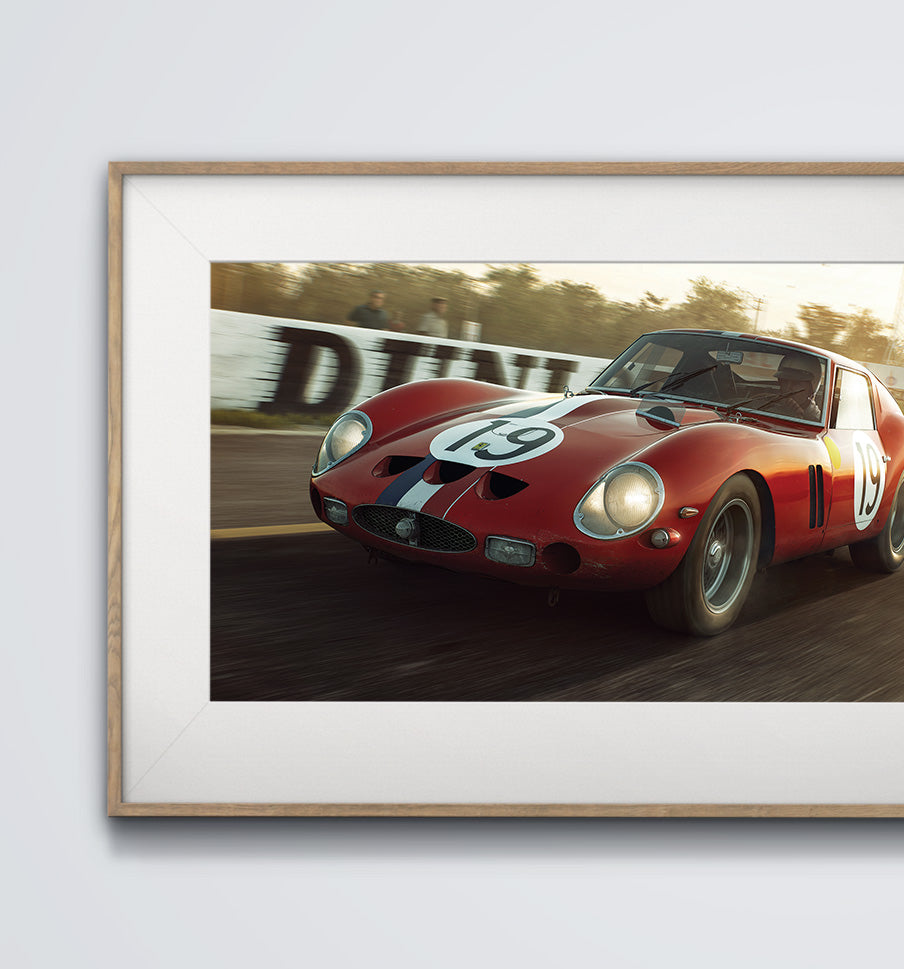
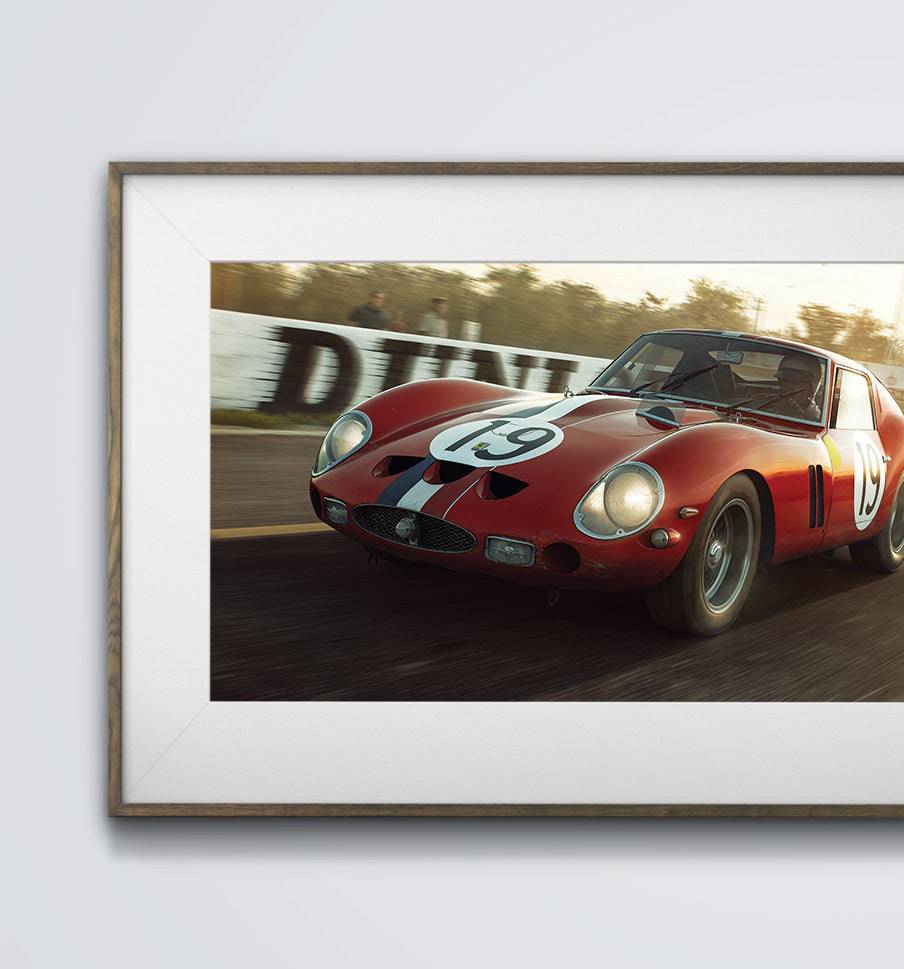
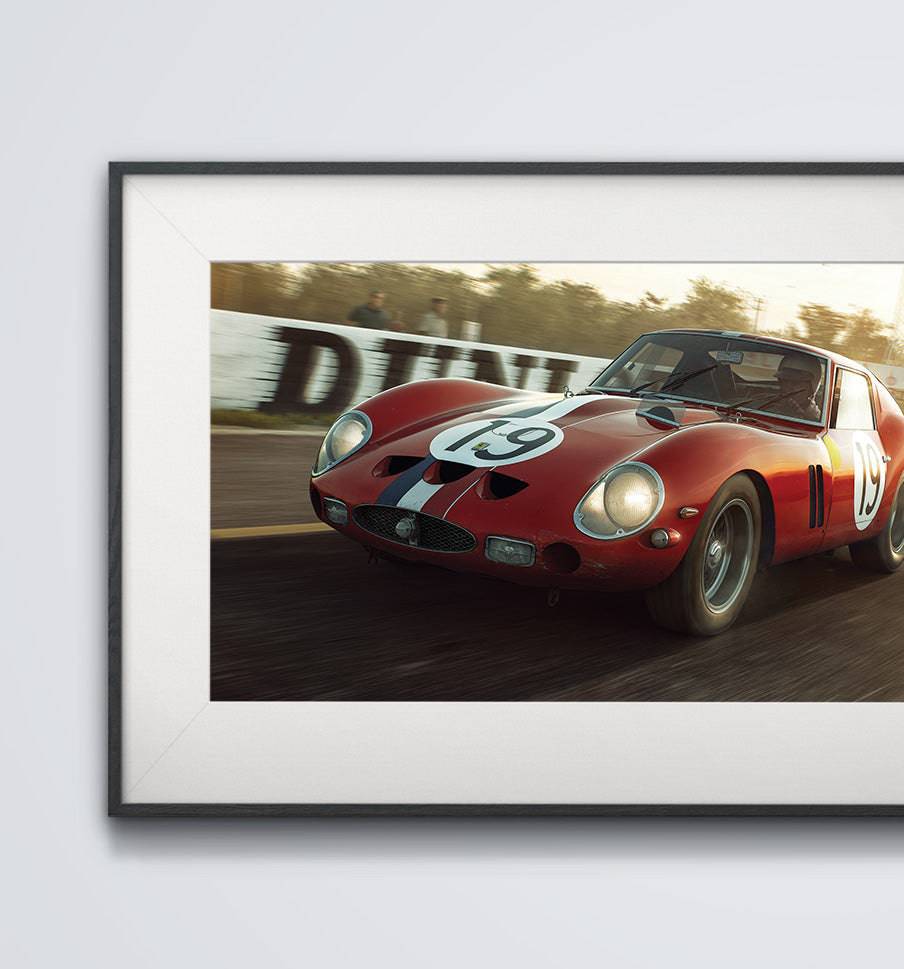
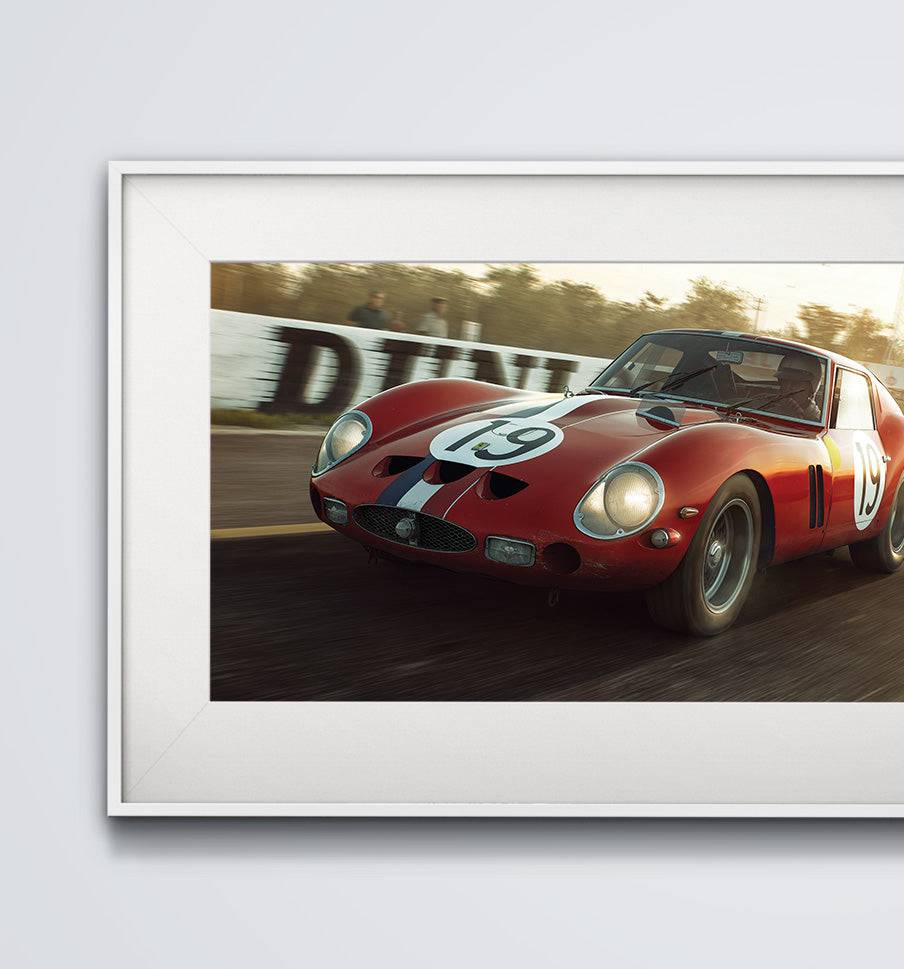
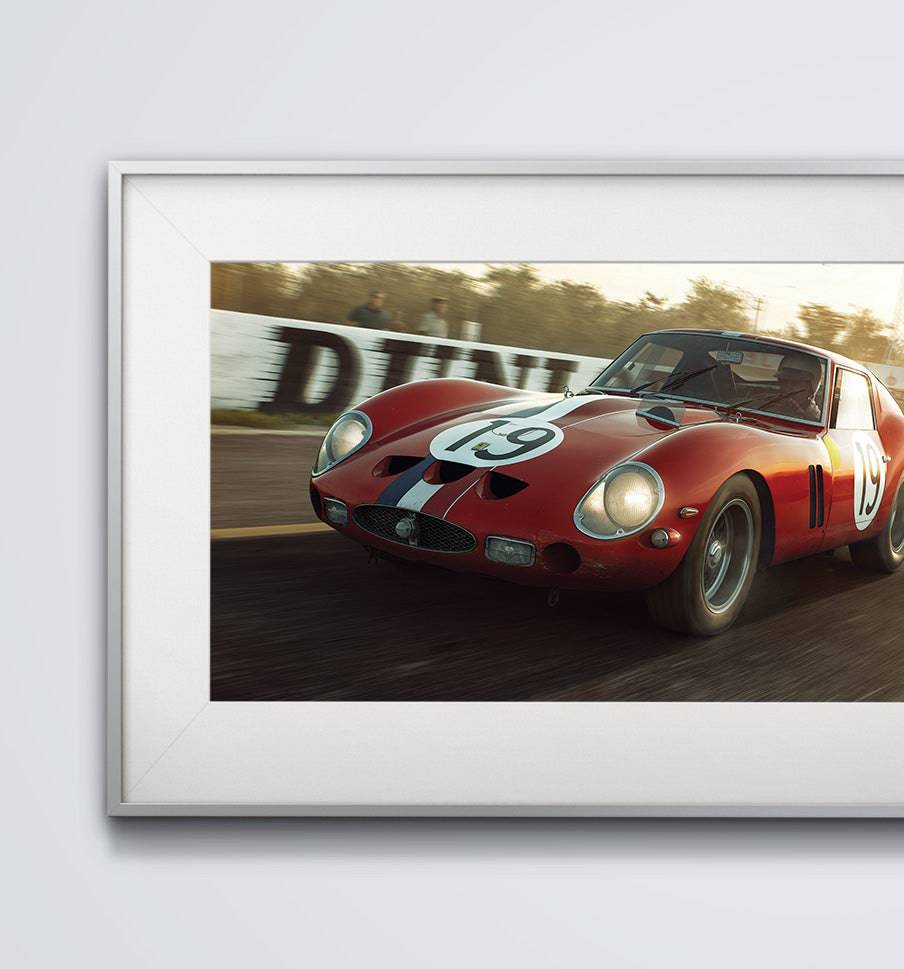
Not Sterling Without Stirling - Ferrari 250 GTO - Jean Guichet - 24 Hours of Le Mans - 1962
Join now and start earning points for different actions, and turn those points into awesome rewards!

Product description
Automobilist x Jean Guichet
3D modelling and CGI compositing
High-quality offset print
Premium heavyweight 175 g/m2 paper
Matte, textured paper
How it's done
The Magic Behind
We design each print using a world-unique combination of 3D renderings and CGI technology allowing us to re-create each car to precise coats of paint and scratches with a level of detail never seen before.
About
Automobilist
We are a team of artists, creative thinkers, solution finders, automotive and motorsport aficionados, and perfectionists dedicated to design anything automotive. Creating premium 3D artwork for automotive enthusiasts around the world since 2012.

